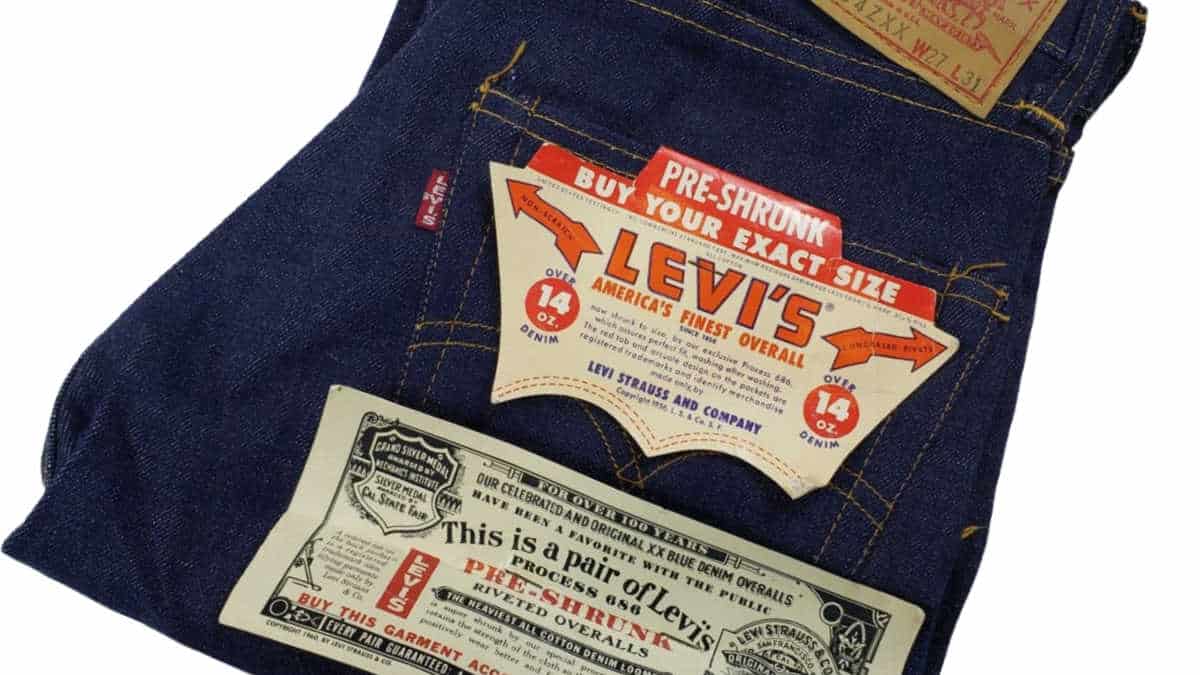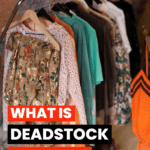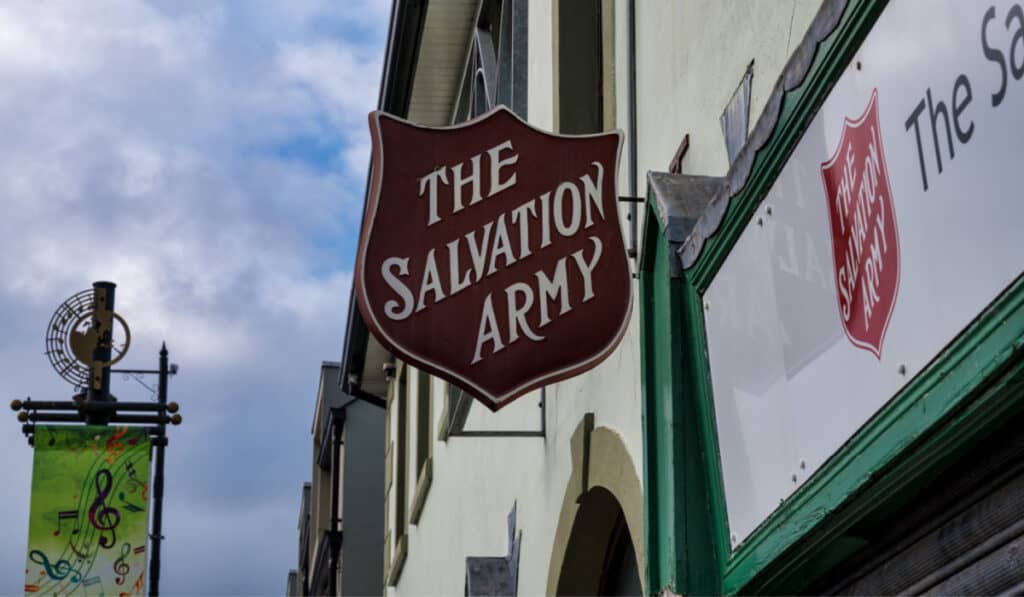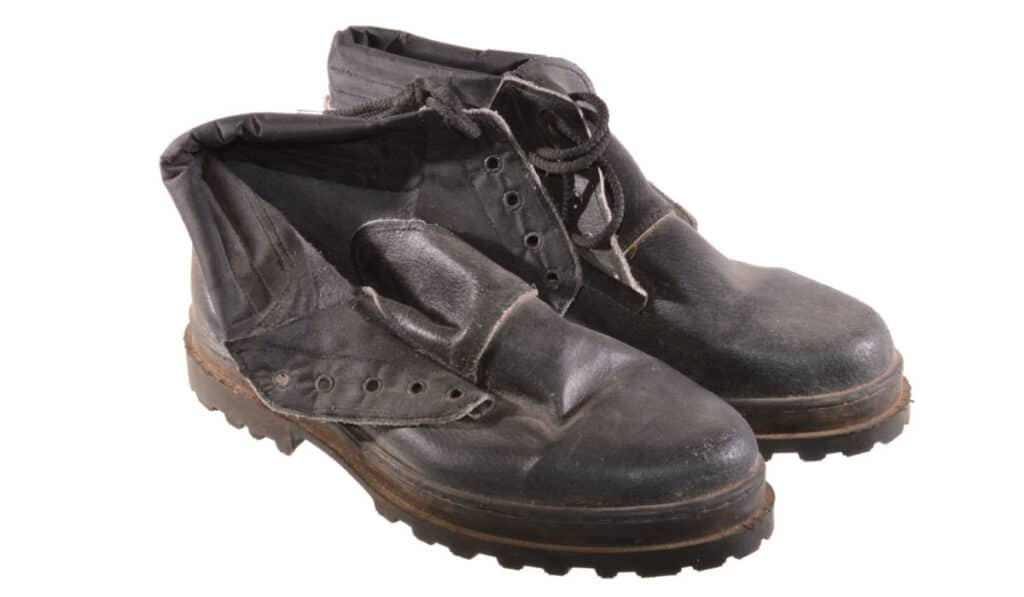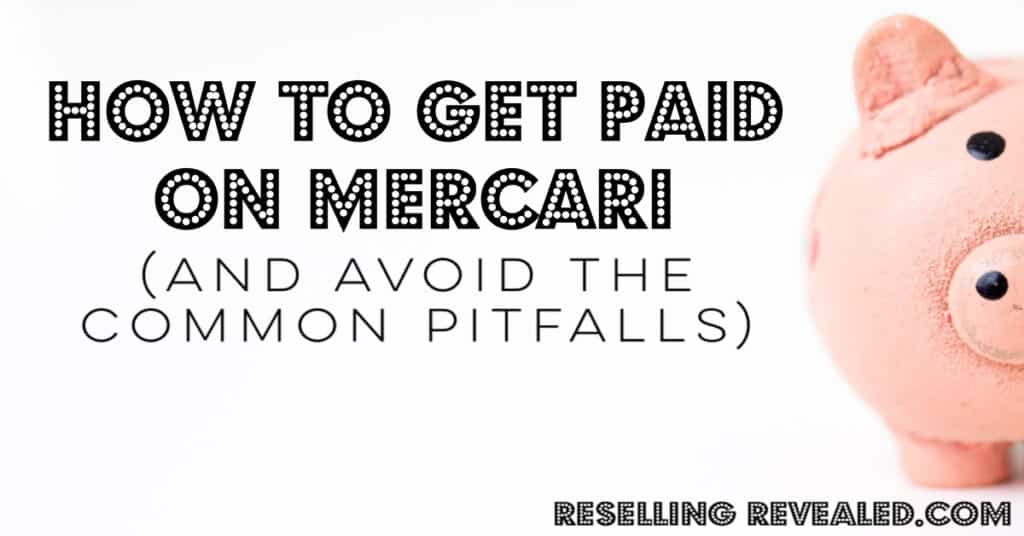As an Amazon Associate I earn from qualifying purchases.
One of the hardest things about reselling is knowing what you’re looking at. I’ve probably left thousands of dollars on the table in my life because I didn’t recognize a valuable item when I saw it.
I recently heard someone talk about “Deadstock Vintage” for the first time and I had no clue what the term meant. I later found out that I already knew what the concept was but I didn’t know there was a name for it.
Have you heard of Deadstock Vintage? Here is everything that you need to know about it so you can go out there and start finding some hidden gems to resell.
What is Deadstock Vintage?
Deadstock Vintage is a term that refers to clothing from roughly 1990 and before that still has the original price tags on them. Although any item (like a clock radio) could technically qualify as Deadstock Vintage, in practice it almost always refers to clothing.
Since it was never sold on store shelves, it ceased to be part of store inventory. In other words, it became dead stock.
Vintage is the term used to refer to older items that look like the era from which they came. Poodle skirts, for example, are associated with the 1950s. Tie-dyed shirts were very popular in the 1960s.
The exact date range to qualify as “vintage” depends on who you ask but is generally considered to be somewhere between 20 and 100 years old. Maybe it’s because I’m in my 30s but I don’t like the idea of calling anything from the 1990s “vintage”!
Another acronym that you may see on resale sites is “NOS” which can either mean “New Old Stock” or “Never On Sale” depending on who you ask.
With apologies to Shakespeare’s Romeo and Juliet, I ask “What’s in a name? Vintage unworn clothing by any other name would resell for just as much!”
How to Find Deadstock Vintage
Deadstock vintage isn’t always easy to find in the wild for a very simple reason: they aren’t making any more of them.
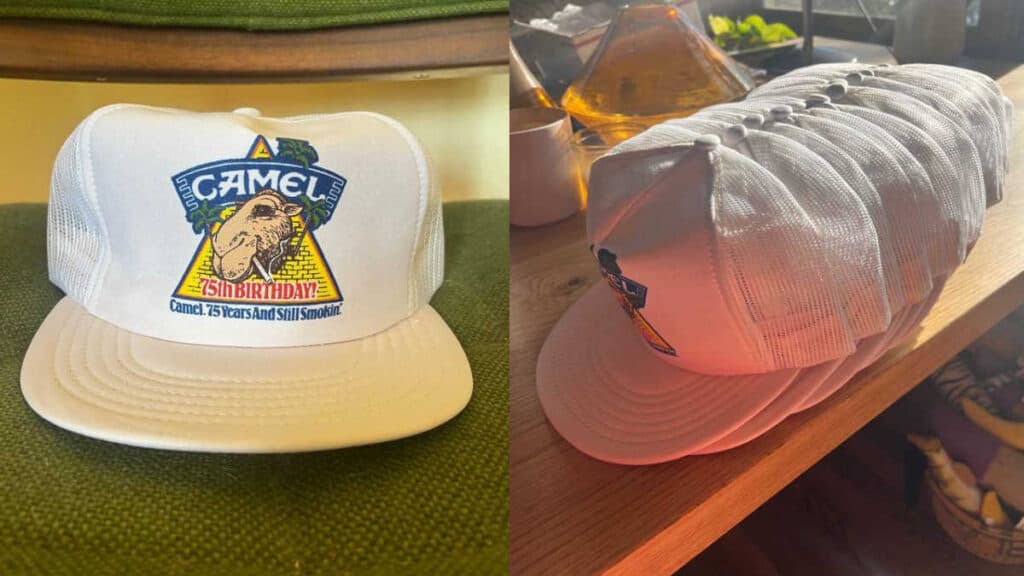
Online websites like eBay and Etsy are great places to find older items that still have their original tags. These are also great places to sell items that you might find in more traditional locations like thrift stores.
Speaking of thrift stores, you may find clothing items in them that still have the original price tag on them. There is a debate as to whether or not these items truly count as deadstock or not.
If a consumer buys a piece of clothing, hangs it up in the closet but never wears it, should that count? The debate is mostly a “letter of the law” versus the “spirit of the law” situation.
On one hand, by definition, an item that was purchased by someone off of a store shelf would not count as “deadstock” since it is the complete opposite of the very definition, regardless of whether or not it was ever worn.
If you’re looking to buy true deadstock, such deals are often done in bulk from liquidation or resale companies. For example, we recently had an opportunity to buy a lot of 1,000 still-in-the-box band shirts from the 90s. They had been printed but never shipped, they just sat in the warehouse and became deadstock. After the company was sold, the new owners were clearing out storage and sent things to auction. We didn’t end up pulling the trigger on the auction (as it went to around $15,000) but opportunities are out there!
For many resellers, however, you don’t have to find bulk deals to sell things as deadstock.
Fundamentally there is no difference between an unworn item that sat on a pallet in a climate-controlled warehouse in Union City, Tennessee for 20 years and one that was stored in the back of a person’s closet for the same amount of time.
Just know, I’m a bit more inclusive with my definitions and I would consider either of these items to be deadstock vintage. However, the collector interested in buying your item might not agree.
Just be thorough (and honest) in your description and you won’t end up with overly angry buyers!
Is Deadstock Vintage Valuable?
As with many resale items during the pandemic, Deadstock Vintage experienced a massive growth in interest from collectors.
Not all of them will be super valuable, of course. A 40-year-old Hawaiian shirt that has never been worn is a fun novelty but it’s probably not going to fetch a lot of money at auction.
On the other hand, if you happen to find a never-worn dress from the 50s that looks like one of the ones Ava Gardner wore in The Barefoot Contessa, there’s a good chance that you can get some pretty good money out of it.
One thing you’ll want to watch out for is “repros”, the industry term for reproductions. A 70s-style shirt that was produced in 2019 isn’t going to be worth a lot, for obvious reasons.
With the number of vintage clothing stores that have popped up on social media (and all around my city), it’s safe to say that deadstock items are more valuable than ever. They’re just harder to find.
Most Valuable Deadstock Vintage Items
The price of deadstock items can be very hard to predict but there are certain categories of items that will tend to get more money than others.
One item to definitely look out for is unworn shoes in Nike’s Michael Jordan line. With the release of Amazon’s new movie “Air” which stars Matt Damon, Chris Tucker, and Ben Affleck, the value of new-in-box (NIB) Jordans from the 80s is only going to keep going up.
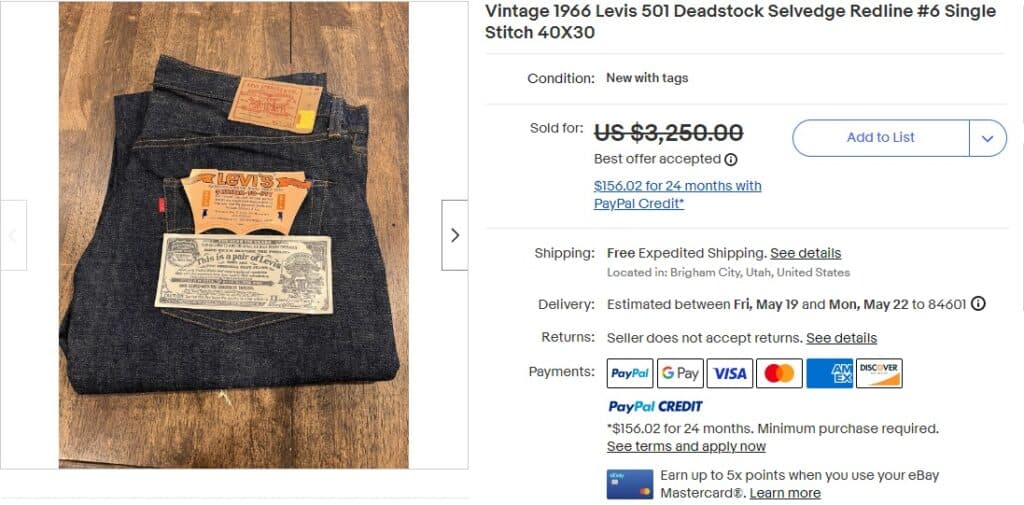
Perhaps the most popular item with Deadstock Vintage collectors is Levi’s jeans. A quick eBay search reveals that the highest-selling item of the past few months with “deadstock vintage” in the title went to a pair of 501 jeans from roughly 1980.
Now, I love selling jeans on eBay but I’ve never had the luck of finding something quite this valuable.
The winning bidder paid over $3,000 for the jeans which would have sold in 1980 for about $25 plus tax. People like their jeans to fit a certain way and, as manufacturing trends change, they don’t mind paying extra to get ones that fit the way they want.
Sports items are another popular choice, although they can be harder to sell because they have a smaller audience. Still, an unworn replica jersey of an athlete priced at $50 from the 80s would be worth significantly more if it were resold today.
The Future of Deadstock
Unfortunately, it’s harder and harder to find new deadstock items of newer products or brands.
Clothing items today that don’t reach the proper thread count or in other ways are deemed to be of lower quality usually end up repackaged and sold as generic brands (like Costco’s Kirkland Signature, for example).
Also, many of these vintage items came from department stores or other sales outlets that closed down and its stock ended up in a warehouse or someone’s spare room for 40 years. Today, these items would generally be sold to a liquidator for money that could be used to pay off debts.
However, that doesn’t necessarily mean that there won’t be opportunities in the future to resell more recent items.
A friend of mine in Alaska told me that he sold a pair of Xtratuf boots last year that had been sitting unworn in his closet for years. He bought them around 15 years ago for $150 and sold them for nearly $1,000!
Despite the fact that they’re probably the most commonly owned footwear in Alaska, he made over six times his initial investment. Obviously, this isn’t a typical case and you probably won’t get that much but still, it’s an important illustration.
The reason he made so much money is that about ten years ago, Xtratuf’s parent company closed its factory in the United States and moved to one in China. Almost anyone in the entire Pacific Northwest can tell you that the ones in the United States were a higher quality product.
There are two lessons to be had from this story: first, people love discontinued versions of popular products, and second, knowing your audience is an important part of reselling.
The same boots sold on eBay recently for $150. However, because my friend sold his boots to a commercial fisherman who needed to receive them urgently before his boat set sail for two months, he was able to get a much higher price.
Of course, the odds of finding Deadstock Vintage boots from ten years ago seem pretty remote but if you don’t mind holding onto merchandise for a while, any popular product with manufacturing changes like this could be worth an investment.
Final Thoughts
Deadstock Vintage refers to older articles of clothing that have never been worn and may even have the original price tag intact.
They are quite popular with collectors and have a good chance of being able to be resold for a higher price if you can find the right item.
Some people consider any unworn item of a certain age to be Deadstock Vintage and others only grant that title to items that were specifically never sold in the original store. I agree with the first sentiment but your buyer may not.
To avoid any unnecessary returns or angry buyers, I strongly recommend putting as much information as you can about the item (where you bought it, etc) in the description. Even if it’s just “I found this at a thrift store in Burbank and don’t know where it came from.”
With this information in mind, you should have no problem finding some awesome Deadstock Vintage items to resell for a profit. Good luck and happy hunting!

